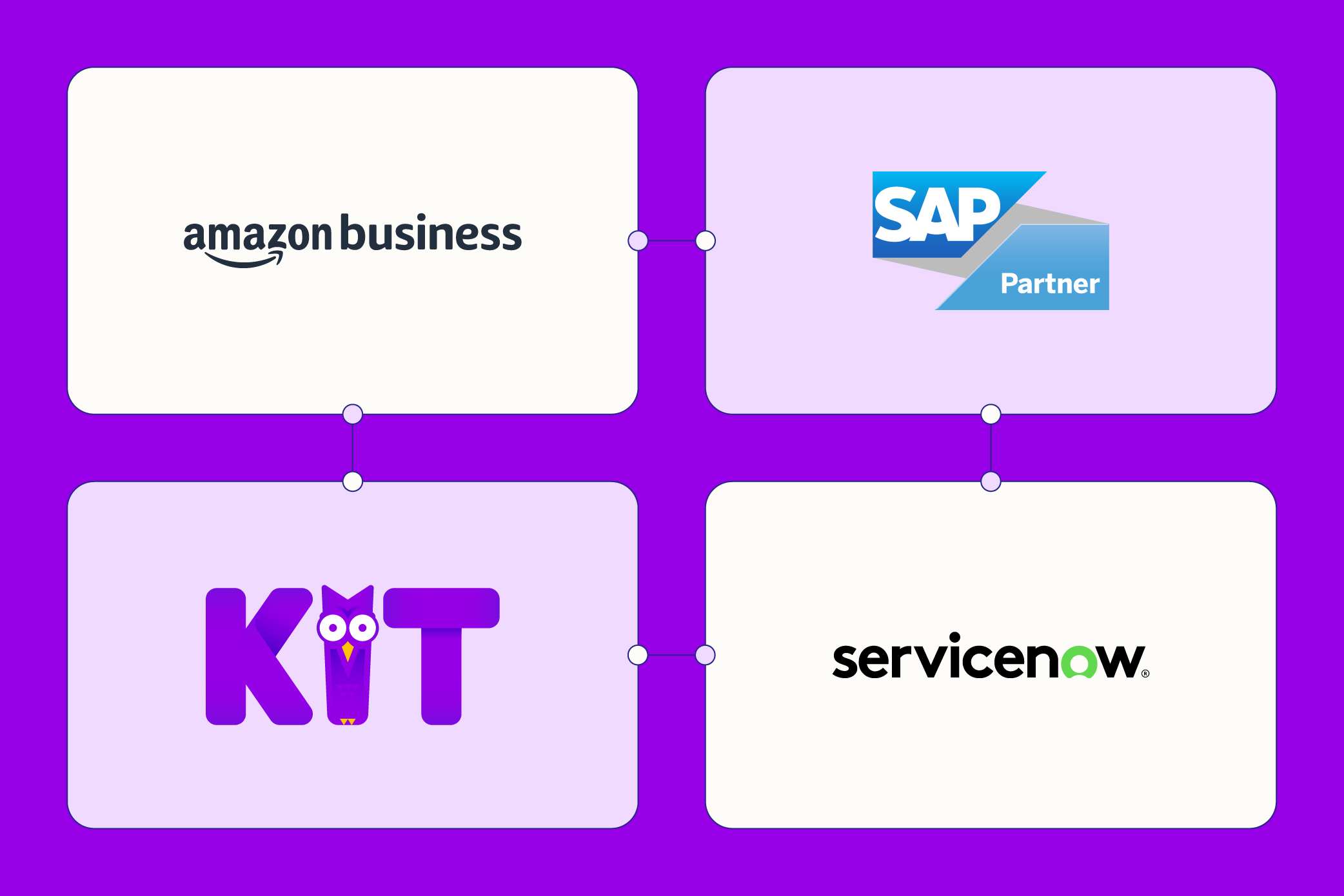How we built this: RFP
At Fairmarkit, one of our core values is “Be Team Customer.” For the product team, this means we need to deeply know our customer, and more importantly, care a lot about their work. Procurement leaders are unique and interesting customers—we’re talking to the teams tasked with spending their own organization’s budget responsibly on behalf of other teams.
Procurement makes sure the organization is satisfied with the outputs of those purchasing decisions, and continuously refines their purchasing processes for hundreds or thousands of end users and as many suppliers—all while minimizing supply chain risks and upholding business continuity targets. The difference between selecting where to buy a single plumbing fixture for a residential home versus selecting a vendor to supply gaskets for an entire new chemical or manufacturing facility is dramatic. Procurement professionals deliver on outcomes that allow entire companies to operate, so we take building great products for procurement seriously here at Fairmarkit.
Over the past several months at Fairmarkit, we’ve been working on how to bring efficiency and consistency to the Request for Proposal (RFP) process, both for our procurement team customers and the vendors and suppliers responding to requests on our platform. In my previous work as a management consultant, I saw firsthand the lackluster experience both requesters and responders often navigate throughout the RFP process. On the requester side, I saw my clients struggle with constructing thorough requests that clarified key project requirements while leveling the playing field for potential vendors looking to win new business. For responders, like my firm, there were hurdles even before we started crafting a response—simply becoming aware of RFPs was challenging. Clearly, there was plenty of opportunity for improving the RFP experience on both sides.
Just over a month ago, Fairmarkit fully launched our RFP functionality after a beta period with several customers who generously provided their insights and feedback. Our customers’ input, and their willingness to share their experiences and challenges in their sourcing processes, helped us define our focus for RFPs. As Fairmarkit continues to double down on being an all-in-one sourcing platform, we want to share a behind-the-scenes look into building our expanded RFP capabilities.
Efficiently run more sourcing events
RFPs are an expansion of what Fairmarkit already enables our customers to do: efficiently run more sourcing events. As we researched and discussed with customers, prospects, and industry experts, the line between types of sourcing events—when to do an RFQ versus a more complex RFP versus an exploratory RFI—wasn’t always clear-cut. For some organizations, “strategic spend” is above a strict price threshold. For others, certain categories and general price points are the distinction. We also heard a common response that’s a favorite to product managers—”it depends.”
As we dug deeper, though, a pattern solidified. Simple requests for quotes—even for a high-value purchase in the millions of dollars—typically made sense when a purchase decision was being made primarily on price, with minimal emphasis on non-price information. More complex requests, however, emphasized the importance of the non-price components of a vendor’s offering: experience, availability, references from similar engagements, and other less quantifiable aspects of a vendor’s capabilities. As we identified areas to focus on with RFPs, the ability to efficiently create more nuanced and complex requests, while preserving data quality and structure from vendor responses, was critically important.
Centralize vendor data and communication
In our conversations with customers about their sourcing challenges, two more consistent themes emerged. The first theme highlighted the difficulty for sourcing teams to know, especially for net new purchases, which vendors to invite. Then, once invited, sourcing teams struggled with how to consistently communicate with vendors about the RFP event itself. Fairmarkit’s vendor recommendations could help with the first issue. By starting with our integrations to our customers’ own vendor data, and the ability to suggest additional vendors when helpful, we could enable sourcing teams to get their RFP to the right suppliers and vendors. But having all vendor communication organized and accessible for reference would be a different challenge. Thus, understanding and solving challenges related to vendor communication and internal visibility were key priorities as we designed, built, and got feedback on RFP functionality in Faimarkit.
Take intelligent sourcing to new heights
At Fairmarkit, we’ve focused on bringing automation to procurement, helping sourcing and procurement teams to quickly and efficiently identify sourcing options for the goods and services their organizations need. Fairmarkit’s Request for Quote functionality streamlines the sourcing process for high-volume tail spend purchases, ensuring that sourcing teams can quickly get multiple quotes for tactical purchases and understand their supplier landscape. As our customers have expanded their use of Fairmarkit, whether sourcing for additional categories or for higher-value purchases and sourcing events, we’ve focused on adding capabilities without sacrificing a streamlined user experience and a focus on data integrity.
With the introduction of RFP capabilities in Fairmarkit, our focus on improving the sourcing process, rather than simply digitizing manual workflows, is as strong as ever. If you’re interested in bringing easy and efficient sourcing to your organization, check out what’s new at fairmarkit.com/rfp.





